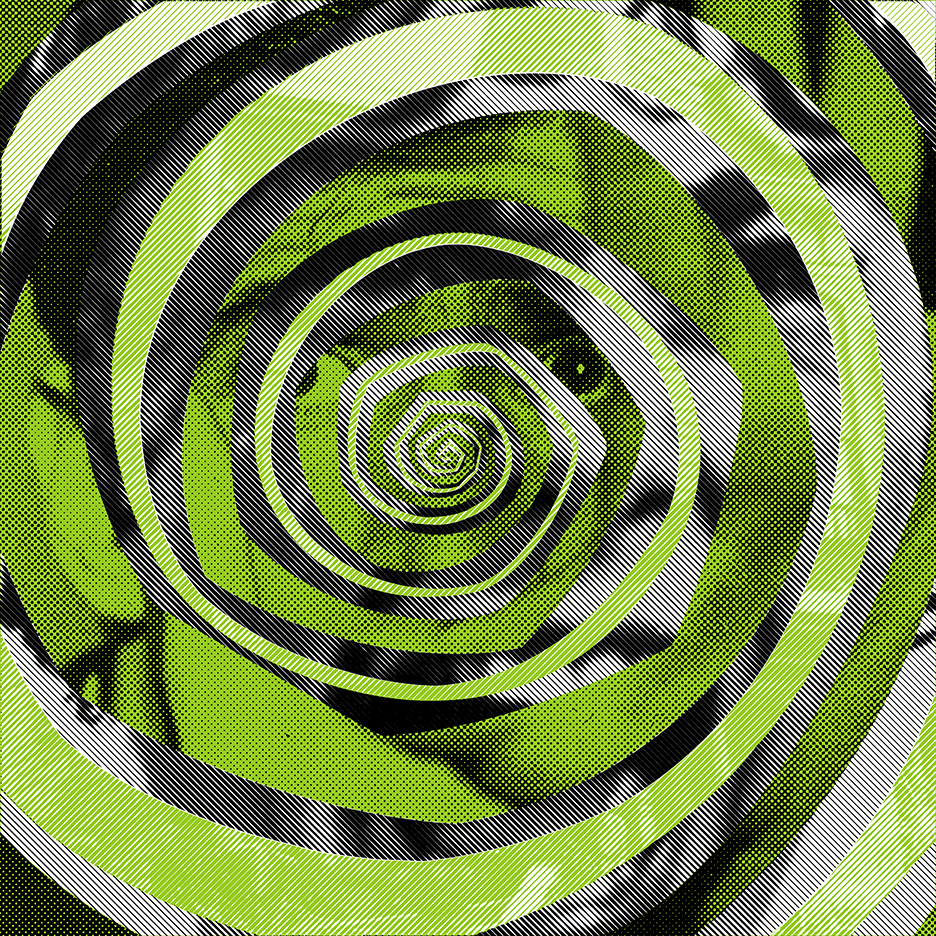The first thing that comes up if you search for Douglas Gordon’s 24 Hour Psycho on YouTube is his interpretation of the shower scene from Hitchcock’s 1960 original. In the end, it could probably never have been anywhere else; Psycho’s iconic shower scene is a perfect distillation of Hitchcock’s obsessions: women, the intersection of sex and death, and the act of looking. Gordon’s version, which takes the original film and slows it down to the point where it has a running time of 24 hours, acts as a natural counterpoint to this, presenting the building blocks of Hitchcock in extremis: every moment of looking, or of peril, is stretched out to go on seemingly forever.
There are 52 cuts in the shower scene – something that lends itself to the name of the 2017 documentary 78/52 – but this technical achievement, and the frantic violence it creates, gets lost in Gordon’s version, instead replaced with a kind of nightmarish malaise. Often in horror films, it becomes natural to ask questions like “why did she look back at the killer?” or “why is he running so slowly?” and Gordon capitalizes on this, forcing the audience to reckon with the consequences of voyeurism and what it means to indulge in Hitchcock’s dark pleasures for so long. One sequence of the film available online shows Marion in bed after having had sex. But the most interesting thing about it is the way in which the scene is revealed; the slow zoom in onto the apartment block, the creeping way in which the camera moves up to, and underneath the blinds of her room, finally revealing her lying in bed as a shirtless man – who’s face remains unseen for a long time – stands over her. This is the ultimate exercise in voyeurism, especially with the dialogue removed from the film. Everything and everyone in the film becomes a different kind of object. Lying on that bed, Marion becomes something archetypal, a stand-in (lie-in?) not just for Hitchcock’s women, but the power dynamics they find themselves in. Lying there, movements so slow that she seems perfectly still, with a man looking down on her, is a perfect distillation of how Hitchcock’s obsession with looking so often manifests itself.
By slowing down the shower scene to a crawl, the moment of being caught – Janet Leigh ushering in the “scream queen” moniker that would follow the next generation of genre film actors, including her own daughter – takes on a different meaning. The violence inherent in the shower scene becomes something different, less frantic and desperate, more slow and inevitable. There’s a certain morbidity to Marion’s final moments, and as she extends her hands, the slowness of her movement turns into something else entirely; as if, rather than reaching towards or attempting to point out her killer, she’s attempting to grasp something more metaphysical, appearing to her only those final, eternal moments.
The power of the shower scene comes from its speed, and in Hitchcock’s films, timing is everything. It’s the thing through which suspense is measured, and the impact that Psycho had on the horror genre extends this idea. One of the first quote-unquote true slashers, John Carpenter’s Halloween understands the importance of pacing better than most other films, no matter their genre. Michael’s movements are deliberate, and the violent set pieces draw out for as long as they can before spilling a drop of blood. Gordon takes these ideas to extremes, and the kind of horror that comes with it changes to match his new, languid form. Here, characters are slowly overcome with primal emotions, and it makes the interplay between death and desire that defines so much of Hitchcock’s work – in Psycho, but also films like Rope and Frenzy – all the more striking. This kind of pacing forces a reconsideration of just what horror is. Marion driving through the rain becomes something not-quite-real (just like her death, the way in which it extends on makes the very reality it exists in feel like something else), as if she’s left the real world behind and gone somewhere else. As the windscreen wipers move the rain away, and the sign for the Bates Motel appears on the horizon, it feels as if its appeared from somewhere else entirely. Gordon’s playing with time makes the normal seem supernatural, makes the all-too-human evil that defines Psycho turn into something else, a kind of reckoning with itself, and the pleasures that it offers.
Artist films are an interesting niche within a niche, and often they engage in a kind of dialogue with the other text(s) that they’re riffing on, stealing from, or manipulating. Gordon’s 24 Hour Psycho does this in a wonderfully weird way that recalls the work of other experimental filmmakers like Martin Arnold. Gordon’s work magnifies the darkness that Hitchcock flirts with so often, something that becomes all the more powerful because of the extent to which Hitchcock loved the seedy underbelly existing behind the veneers of characters that seemed, on paper, to be relatively normal. Often in his films, their darkness comes from the fact that they’ve seen too much, from the obsessive, haunted Vertigo, to the seedy perversion lurking beneath the heroism – and Jimmy Stewart likeability – of Rear Window. In 24 Hour Psycho, Gordon shows us that it isn’t just Hitchcock’s characters that see too much, but his viewers as well, asking the question of how much is too much, but, instead of providing an answer, just continuing to show more and more, wondering when, if ever, you’ll look away.

